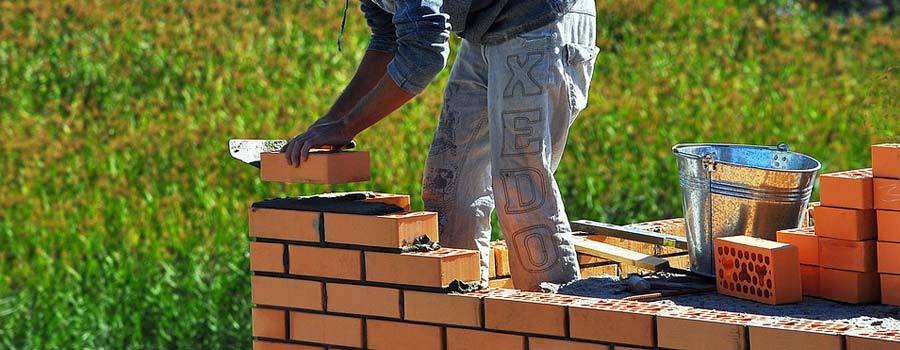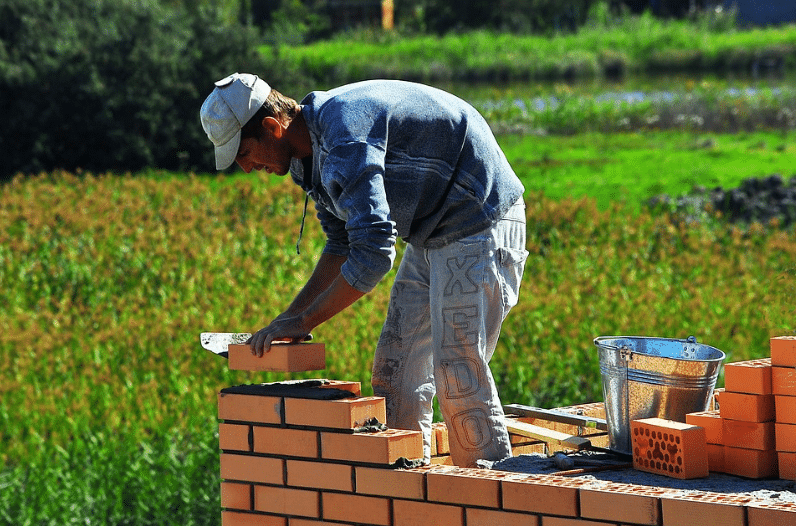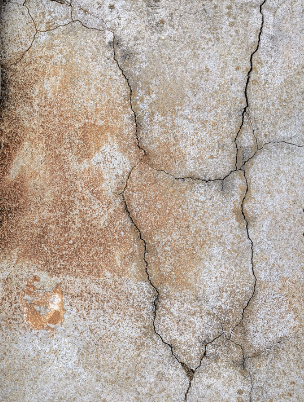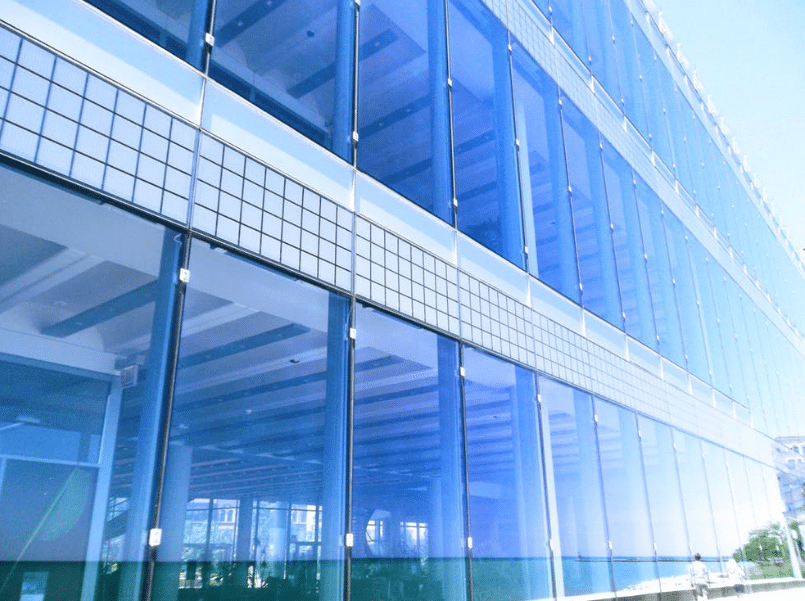
Sustainable Materials on Construction Market
07/11/2017
The Most Sustainable Building Materials for Everyday Construction!
A variety of building materials for improved construction
Why is it so important to have sustainable building materials? With the increasing rise in the global population, the need for accommodation is a huge necessity. However, the current construction materials are quite unsustainable, producing high quantities of carbon (IV) oxide. Such is during construction and also in the entire life of the building.
Despite this, there is a huge light at the end of the tunnel. Through improved technology and innovation, global accommodation is now very possible. So, what types of building materials should you use?
Here, Fortified Roofing, a Hamitlon NJ roofing company along with Garden Ambition, will look at five compelling construction options!
The Best Types of Sustainable Building Materials
- Wool bricks
- Solar tiles
- Sustainable concrete
- Paper insulation
- Triple-glazed windows
1. Wool Bricks

A house under expert construction!
Scottish and Spanish researchers first developed it. They identified the use of wool blocks as a non-toxic and more sustainable construction material. Besides, these types of building materials are robust and durable. If you’re a gardener, such materials would go well in constructing the best pole saw for your garden! Its strength is as a result of adding natural polymer and wool, found in seaweed, to the brick’s clay.
Also, while compared to other bricks, they are 37% stronger and more resistant to cold and wet climatic conditions. They reduce energy consumption as they dry rather quickly while compared to the traditional bricks which require the use of heat.
2. Solar Tiles
Traditional roofing tiles are produced using heat intensive methods such as the use of concrete or clay. Although they usually protect you from dangerous weather conditions once installed, they also absorb significant amounts of sunlight. Therefore, construction companies are using this strategy to manufacture solar tiles.
Unlike other types of solar units which are installed on top of the roof, these tiles are fully fixed into the building. As a result, it continues protecting you from adverse weather conditions as it generates power for your everyday use!
3. Sustainable Concrete

In most cases, 95% of the carbon (IV) oxide produced by buildings is because of the amount of heat and energy consumed after construction. However, there is a lot you can do to reduce the 5% caused by the building process. Where else other that in choosing the best kind of concrete?
It is important because concrete is used in almost all building projects. Besides, it has caused close to 10% of global carbon (IV) oxide emissions. More sustainable concrete materials you could choose to add are:
- Crushed glass
- Wood slag or chips (steel manufacturing by-product)
Are these changes radically transforming concrete? Well, no, but adding materials that would have otherwise turned to waste goes a long way in reducing the level of carbon (IV) oxide emissions.
Cracks on the walls shows the poor quality of building concrete
4. Paper Insulation

A perfectly installed paper insulator!
Using recycled cardboard and newspapers to make paper insulations is far much better than using synthetic foams. They are non-flammable and insect resistant materials because of inclusion of elements such as boric acid, borax, and calcium carbonate. So where can you use paper insulations in construction? You can use them to fill cracks, in cavity walls, and in making a draft-free home space.
5. Triple Glazed Windows

An elegant installation of glass windows!
These are upper-efficient construction materials. Their three layers and full insulation enables them to store more heat. They use krypton which is more expensive but better when it comes to insulation. Hence, they are better than the double-glazed windows which use argon in both layers of glass. Besides, they also come with low-emissivity coatings which prevent further loss of heat!
Conclusion
Which type of sustainable building material will you choose for your building? Keep in mind that selecting a combination of all five brings out sustainable, efficient and effective results. Do not be discouraged if the construction takes longer than expected as the end product is quite impressive. For instance, in gardening growing an amazing crop of garlic may take time but the end results are highly profitable!
You now have a good guideline to help you choose the correct building materials. Remember to share this knowledge across all channels and let’s keep this discussion alive. Also, are there any other types of sustainable building materials that you’ve used? Were they successful?
 Hi there! I’m Lucy – founder of GardenAmbition.com and I’m a self-confessed garden fanatic. Gardening has always been a passion of mine and will always be my favorite pastime. Now that I am married and have one adorable son, I have the time to write and share my personal experiences with other garden enthusiasts like me.
Hi there! I’m Lucy – founder of GardenAmbition.com and I’m a self-confessed garden fanatic. Gardening has always been a passion of mine and will always be my favorite pastime. Now that I am married and have one adorable son, I have the time to write and share my personal experiences with other garden enthusiasts like me.
